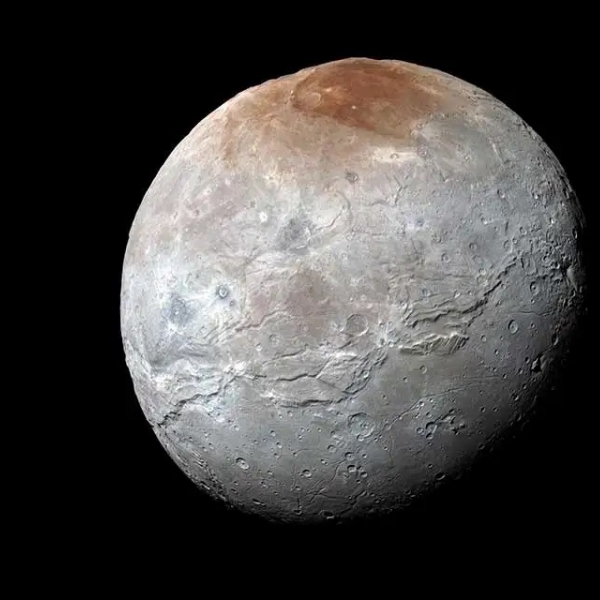New research by Philip Skemer harnesses the power of a WashU-built device to study the minerals in earthquake-causing faults.
Philip Skemer, associate department chair and professor of Earth and planetary sciences, and graduate student Charis Horn, have published a new study in Geophysical Research Letters that showcases the power and potential of the large volume torsion (LVT) apparatus. This WashU-built device can squeeze and twist rocks with 100 tons of force and temperatures of 1,300 degrees Celsius (2,500 degrees Fahrenheit). “There are no other devices with the same capabilities anywhere else on the planet,” Skemer said.

Skemer’s lab now has two LVT devices, each standing 8 feet tall and weighing about 5,000 pounds. Construction started on the first model in 2013, and the second generation was built in 2021. Both were supported by grants from the National Science Foundation. Each device can deform cylinders of rock samples about 5 millimeters long and 4 millimeters in diameter — much larger than anything possible with similar types of instruments. The size of the sample is important because it enables the study of heterogeneous and complex materials, such as rocks composed of different minerals.
The LVTs were designed to experimentally reproduce how rocks deform in parts of the Earth that are subject to high pressure and temperature, including deep within faults where tectonic plates meet. In the latest study, Horn and Skemer used the device to test talc, an extremely soft mineral that is commonly found in active, earthquake-prone faults.
Experiments with the LVTs showed an unexpected result: When pressed hard enough, the layers in the mineral form ripples, much like rumpled carpet. Those ripples create small pockets of empty space called ripplocations, features that were unknown to scientists a decade ago. “We're pushing on the talc from all sides with an enormous amount of force,” Skemer said. “You would not expect that to create a void.”
This is the first time researchers have seen these structures in talc, and their discovery could change geophysicists’ understanding of how certain classes of mineral responds to stress deep underground. “It’s important because the tiny spaces might give water a place to permeate the rocks, which could change the mechanical properties of the rocks,” Skemer said.
Skemer and Horn suspect that talc may play a surprising role in the movements of faults. The new paper postulates that talc and its ripplocations might encourage “slow slip events,” which are relatively slow movements that happen along the surfaces of faults, and that are detected using GPS and seismological techniques. At this time, however, it’s not clear how they might affect the sudden movements closer to the surface that cause earthquakes.
Skemer cautions that his research doesn’t make it any easier to pinpoint where and when earthquakes might occur. “Our goal is not to predict earthquakes,” he said. “We study the physical properties of geologic materials to better understand processes that affect the evolution of planets.”




